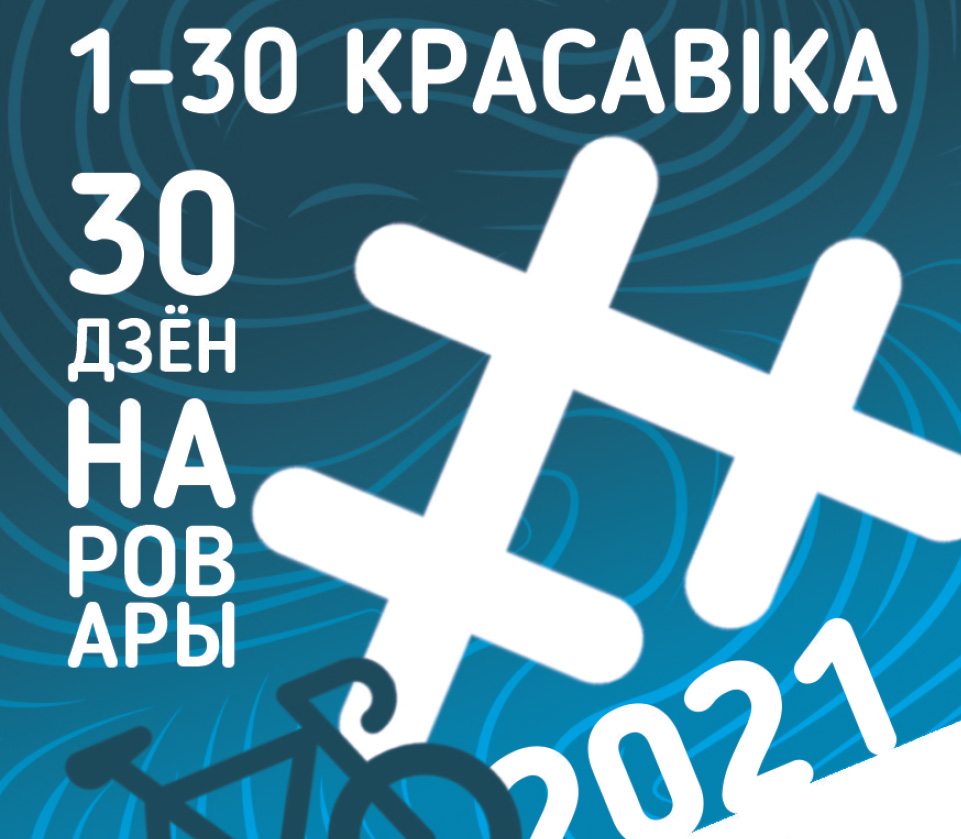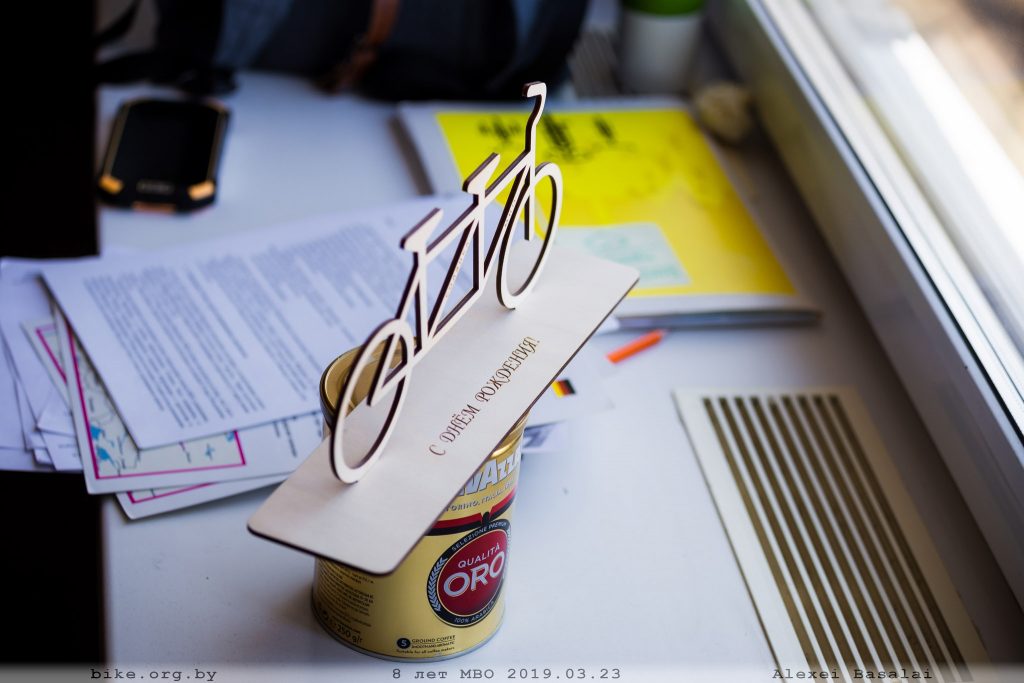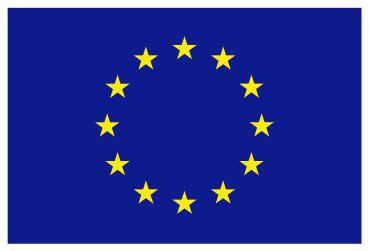A new project on the development of urban cycling was introduced in Minsk, the capital of Belarus. The project "Development of urban cycling for public benefit in Belarus" is designed for 30 months: started in March this year, completion is planned in August 2019. It is implemented by the Minsk Cycling Community and the Center for Environmental Solutions. To finance the initiative, the European Union granted more than 580 thousand euros.
The project "Development of urban cycling for public benefit in Belarus" is designed for 30 months: started in March this year, completion is planned in August 2019. It is implemented by the Minsk Cycling Community and the Center for Environmental Solutions. To finance the initiative, the European Union granted more than 580 thousand euros.
'We expect that the project enhance strengthening of Belarusian bicycle organizations, increasing the efficiency of the profile infrastructure, integration into the transport system and the development of the Belarusian part of the route within EuroVelo-2', said Philip Bernard, the manager of the program "Environment and Climate Change" of the European Union Delegation in Belarus.
The organizers have many ambitious plans. But at the forefront they put the development of infrastructure.
'The question of improving bicycle infrastructure stands a long time', said Pavel Gorbunov, the Chairman of the Board of the Minsk Cycling Community. – 'In addition, it is necessary to improve the traffic rules for cyclists, build a dialogue between authorities and citizens, improve cycling culture. But in many cases just good infrastructure will help to avoid conflict situations. For example, competently laid cycling lanes, which will not bring discomfort to pedestrians or drivers. In my opinion, the location of bicycle paths along the roadway of streets will help to avoid the problem of the so-called "right turn". A cyclist in this situation becomes more predictable for a driver, in contrast to the existing situation'.
Within the framework of the project, a new position may appear in Belarus – a bicycle officer.
'This is an employee who will be a contact person for all bicycle initiatives in Belarus, as well as an intermediary between local authorities and non-governmental organizations', explained Daria Chumakova, deputy director of the Center for Environmental Solutions.

It is also planned to create intercepting parking lots.
Another important task is to form a working group, which will implement the project, create an electronic information center, a map of Belarusian cycling routes. The working group will include representatives of ministries, local authorities, traffic police, the public.
Financial benefits
In the list of useful and pleasant things that can appear after the development of cycling, not the least is the economic benefit.
'Every 100 km of cycling is almost 6 times cheaper than by car – 8 euros against 50', – said Pavel Gorbunov, referring to a research, carried out in Copenhagen in 2015. – 'The comparison includes the costs of maintaining the state of roads, road accidents, climate change, time, traffic jams on the roads'.

Statistics
Thanks to the new project in Minsk, they will finally be able to count all the bicycle lovers.
'A special meter will be installed on the bicycle path and will work 24/7', – explained Pavel Gorbunov. – 'It is a rack with special sensors. You can see how many people have ridden at a particular point for a day, a month or even a year.'
So far we have following numbers:
200 – so many cyclists in evening traffic on Independence Avenue in Minsk;
400 – so many cyclists in evening traffic on the central bicycle path;
800 – there are so many bicycle crossings in Minsk.
140-160 km – the length of cycling paths in Minsk (this includes central bicycle path ("Veloban"), adapted and unadapted cycling paths on the sidewalks).
500 km – according to the experts, the length of cycling paths which is necessary for comfortable cycling in the capital.
Note: The project "Development of urban cycling for public benefit in Belarus" is implemented by the Minsk Cycling Community and the Center for Environmental Solutions with the support of the European Union.
Photos by Tatiana Kuznetsova







